
Roots
There exists a profound dialogue spoken not in words, but in the very curl, the delicate coil, the resilient wave of textured hair. This conversation spans generations, a living archive whispered from elder to youth, echoing the deep rhythms of ancestry. To understand how social movements continue to shape the innovation and policy surrounding textured hair, one must first feel the resonance of its origins, the bedrock of its being.
Our strands carry the narratives of those who came before, a biological inheritance steeped in cultural meaning. Each curve, each turn of the helix, holds within it the story of survival, of wisdom passed down through touch and tradition.

Ancestral Structures and Their Echoes
The architecture of textured hair, often characterized by its elliptical follicle shape, determines its unique curl pattern, a distinction that has carried significant weight through time. This biological reality, far from being merely a physical trait, has always been intertwined with identity, community, and the very perception of self within Black and mixed-race communities. Before colonial impositions, hair served as a sophisticated visual language in countless African societies. Hairstyles could convey a person’s marital status, age, social standing, or even their ethnic affiliation.
Consider the Yoruba people of Nigeria, whose intricate braided styles symbolized community roles and spiritual connections. The Maasai adorned their hair with ochre and beads, proclaiming their connection to the earth and their forebears. These practices underscore that hair was never a mere adornment; it was a sacred aspect of the body, believed in many cultures to be a conduit for spiritual energy.
Textured hair’s biological blueprint, shaped by elliptical follicles and eumelanin, carries ancestral narratives of identity and spiritual connection across generations.
The genetic basis of hair color and texture is a wondrous thing, a testament to human diversity. The presence and distribution of melanin, particularly eumelanin, grant textured hair its rich, deep hues. This elemental biology, however, became a site of brutal reinterpretation during the transatlantic slave trade. Enslaved Africans were forcibly shorn of their hair upon arrival in the Americas, an act of profound dehumanization intended to strip them of their cultural identity and sever ties to their homeland.
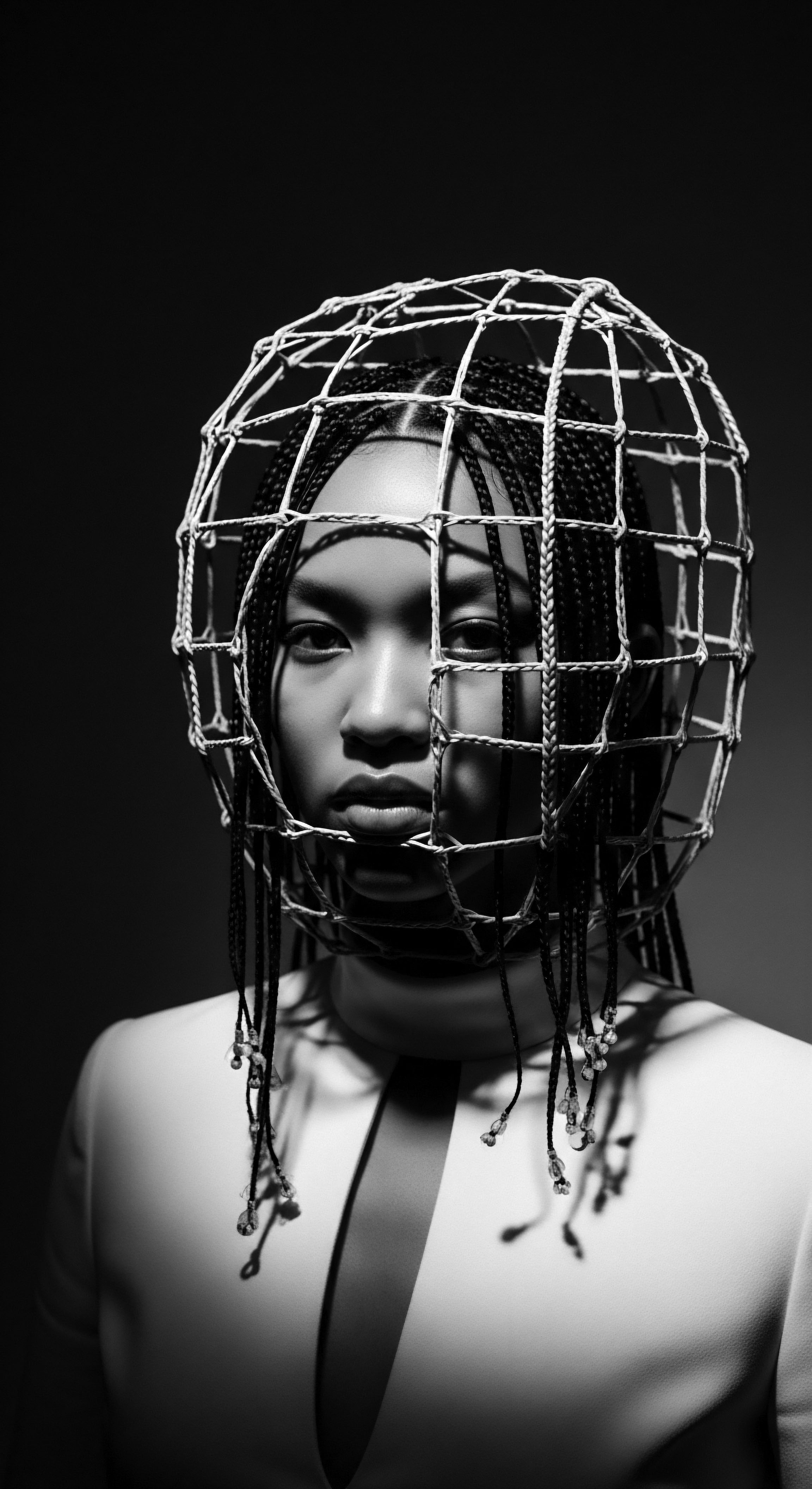
How Did Enslavement Alter Hair’s Significance?
The forced removal from ancestral lands meant a loss of traditional tools, ingredients, and the communal rituals that defined hair care. Yet, even under such oppressive conditions, the ingenuity and resilience of enslaved Africans persisted. They adapted, using available resources like butter, kerosene, or even bacon grease for moisture, and creating rudimentary combs from whatever they could find.
This adaptation was not simply about physical maintenance; it was an act of cultural preservation, a silent rebellion against the deliberate erasure of their heritage. The enduring presence of head wraps, for instance, initially a practical means of protection and disguise, evolved into a symbol of resilience and continued self-expression.
The deep-seated belief that straight hair was “good” and textured hair was “bad” began during this era, a direct consequence of Eurocentric beauty standards imposed by colonizers. This harmful distinction, born of systemic oppression, infiltrated communities and created a hierarchy of beauty, where straighter textures were often linked to perceived social or economic advantages. The psychological burden of this “textureism” continues to echo through generations, even within the Black community itself.
Cornrows, a traditional style, reportedly served as a means for enslaved Africans to hide rice seeds within their braids, a desperate act of survival that carried both sustenance and a memory of homeland into the unforgiving new world. These intricate patterns also functioned as maps, guiding those seeking freedom from plantations. This practice stands as a powerful testament to the deep, practical utility and symbolic weight hair held, even in the face of unimaginable adversity.
Hair Follicles are tiny organs in the skin that produce hair. Their shape dictates the curl pattern ❉ round follicles grow straight hair, while oval or asymmetrical follicles result in waves, curls, or coils. This anatomical difference, though purely biological, became deeply politicized. Historically, policies and social norms dictated what was deemed “professional” or “acceptable,” often aligning with Eurocentric straight hair ideals.
This led to discrimination and pressure to alter natural textures, often through harsh chemical processes like relaxing. The very science of hair, once viewed neutrally, became entangled with societal biases, forcing a re-evaluation of its biological traits through a cultural lens.
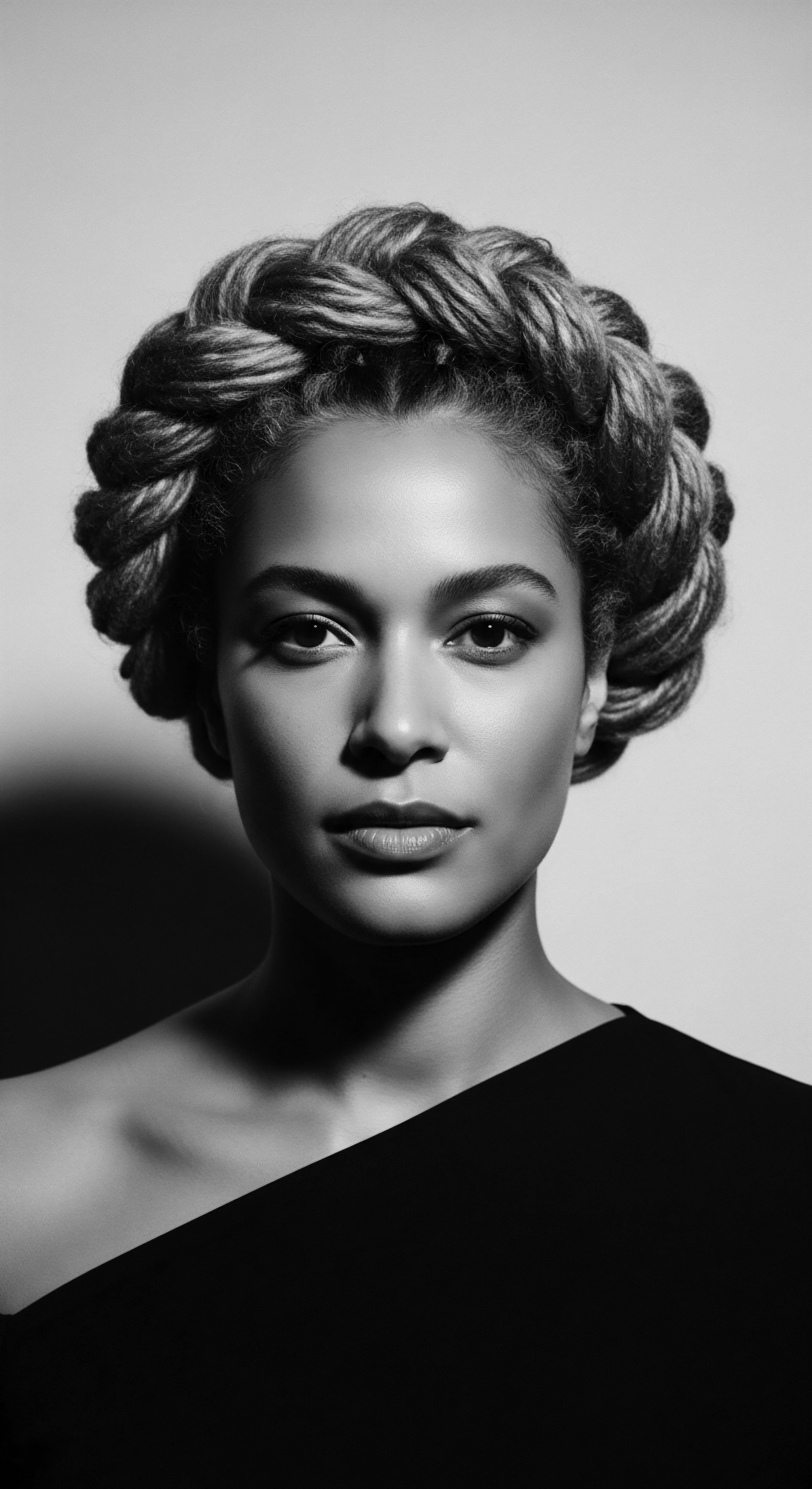
Ritual
The act of caring for and styling textured hair has always been a ritual, a symphony of touch and intention passed down through the ages. It is a practice infused with memory, a living thread connecting present moments to ancestral wisdom. Social movements, in their relentless pursuit of justice and recognition, have profoundly reshaped these rituals, transforming them from private acts of care into public declarations of identity and self-acceptance. The very tools and techniques employed today carry the echoes of these movements, celebrating heritage while pioneering new paths.
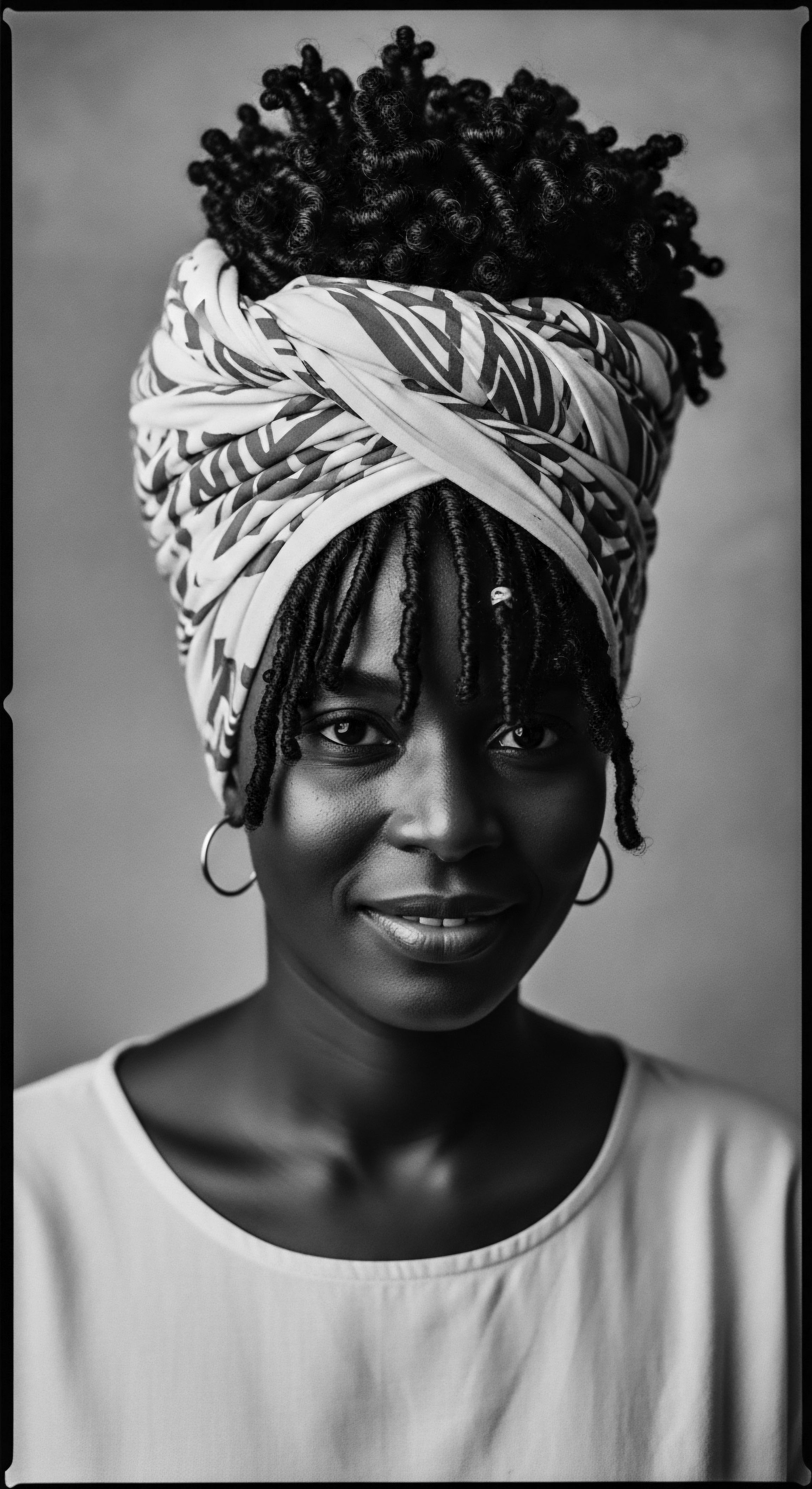
How Have Ancestral Styling Methods Transformed with Social Awareness?
Long before commercial products dominated the landscape, ancestral communities relied on the gifts of the earth to adorn and protect their hair. Traditional African societies utilized natural butters, botanical blends, and specific clays to maintain healthy hair and scalp. These methods were not simply about aesthetics; they preserved hair health against environmental elements and provided opportunities for communal bonding. Hair braiding, a cornerstone of many African cultures, was a social event, a time for stories and wisdom to flow freely from hand to hand.
The mid-20th century saw the widespread popularity of chemical relaxers, a product designed to permanently straighten textured hair. This was often driven by societal pressure to conform to Eurocentric beauty standards in workplaces and schools. The term “creamy crack,” a slang term used by the Black community, points to the addictive nature and potential harm of these products, underscoring the deep-seated societal pressures and economic realities that influenced hair choices.
The Civil Rights Movement of the 1960s and 70s brought about a profound shift in this relationship with hair. The Afro, a majestic crown of natural coils, became a powerful symbol of Black pride, resistance, and the “Black is Beautiful” movement. This was a direct challenge to the notion that textured hair was “bad” or unprofessional. Figures like Angela Davis and other Black Panther Party members proudly wore their Afros as a political statement, embracing their African heritage and defying oppressive beauty norms.
The resurgence of the Afro during the Civil Rights era redefined textured hair, transforming it into a powerful symbol of pride and resistance against Eurocentric beauty norms.
This period witnessed a reclamation of ancestral styling methods and a demand for products that honored natural textures. The afro pick, originally a practical tool, gained immense symbolic weight, representing Black power and cultural affirmation. This social awakening spurred innovation in the beauty industry, albeit slowly at first, as consumers sought alternatives to chemical straighteners.
| Tool Category Combs and Picks |
| Historical Context and Use Crafted from wood, bone, or even repurposed materials during enslavement for detangling and styling. Used to lift and shape Afros in the Black Power movement. |
| Contemporary Evolution and Purpose Modern wide-tooth combs and specialized picks made from diverse materials, designed to reduce breakage and define curl patterns without disrupting the natural shape. |
| Tool Category Head Wraps and Scarves |
| Historical Context and Use Utilized in pre-colonial Africa for adornment and protection. Became a necessity during enslavement for hygiene and concealment, and later a symbol of resistance. |
| Contemporary Evolution and Purpose Fashionable and functional accessories for protective styling, moisture retention, and cultural expression. Silk and satin linings are common for hair health. |
| Tool Category Natural Butters and Oils |
| Historical Context and Use Shea butter and various plant-based oils used extensively in traditional African hair care for moisture, protection, and shine. |
| Contemporary Evolution and Purpose Formulations with ethnobotanical extracts, botanical oils like jojoba and argan, and scientifically validated ingredients for targeted moisture, definition, and scalp health. |
| Tool Category These tools, from the simplest comb to the most elaborate wrap, tell a story of resilience and ongoing adaptation in textured hair heritage. |
The growth of the internet and social media platforms in the 2000s ushered in a new wave of the natural hair movement. Online communities became spaces for sharing knowledge, product recommendations, and personal journeys of embracing natural hair. This digital mobilization created a demand that brands could no longer ignore, leading to a boom in products specifically formulated for various textured hair types.
This is a testament to the power of collective voice in shaping market innovation. The industry, in turn, began to respond with diverse product offerings, moving away from the limited “one-size-fits-all” approaches of the past.

What Role Did Social Media Play in Modern Innovation?
Social media platforms like YouTube and natural hair blogs served as informal academies, disseminating information about curl patterns, porosity, and specific care regimens. This peer-to-peer education decentralized knowledge, allowing individuals to become experts in their own hair. It also created a powerful feedback loop, where consumer needs and preferences directly influenced product development, pushing brands towards more natural, healthier ingredients and away from harsh chemicals. This period also highlighted the persistence of “texturism” within the natural hair community itself, underscoring the ongoing work required to dismantle all remnants of Eurocentric beauty ideals.
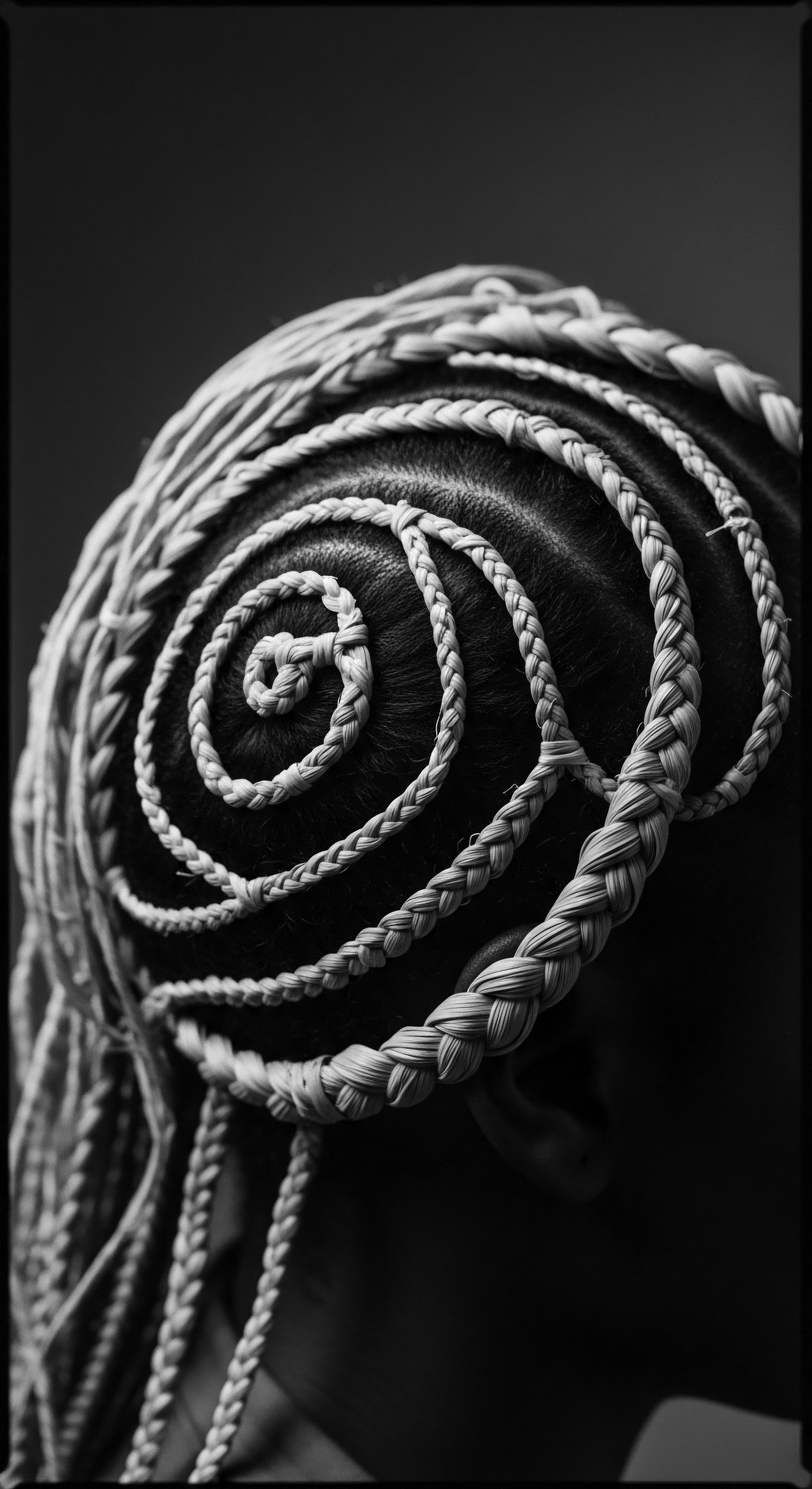
Relay
The journey of textured hair care, from ancient practices to modern breakthroughs, is a relay race across time, each generation passing the baton of wisdom, sometimes adjusting the course due to societal currents. Social movements have undeniably been the unseen runners, pushing for policy changes and inspiring innovation that honors the intrinsic beauty and rich heritage of textured hair. This pursuit is rooted in a deep understanding of self, a wellness that extends beyond the physical strand to nourish the very soul.

How Do Current Policies Reflect Historical Hair Movements?
The collective advocacy of natural hair movements has culminated in significant policy shifts aimed at combating hair discrimination. The CROWN Act, standing for “Creating a Respectful and Open World for Natural Hair,” is a landmark legislative achievement that prohibits race-based hair discrimination in workplaces and schools. California led the way in 2019, followed by numerous other states and local jurisdictions. This act represents a direct response to centuries of systemic oppression where textured hair, particularly in its natural state or protective styles like braids, locs, twists, and Afros, was deemed “unprofessional” or “unacceptable.”
The history of hair discrimination is long and fraught, rooted in the legacy of slavery and the imposition of Eurocentric beauty standards. Cases such as the 1981 ruling of Rogers v. American Airlines, which upheld an employer’s right to prohibit braided hairstyles, illustrate the deep-seated legal challenges faced by Black individuals regarding their hair.
The CROWN Act directly counters such historical precedents, seeking to rectify discriminatory practices and ensure equal opportunities. This legislative movement is a testament to the enduring activism that began with the Black Power movement, demanding the right to wear one’s hair naturally without fear of professional or educational repercussions.
Beyond legal frameworks, the natural hair movement continues to influence broader societal norms and perceptions. The very term “good hair,” once used to denote straighter textures and linked to social advantage during slavery, is now widely understood as a problematic vestige of a discriminatory past, with a growing affirmation that all hair is “good.” This shift in language and perception, while gradual, speaks to the power of sustained social dialogue and advocacy.
- Yucca Root ❉ Native American tribes historically used yucca root as a natural shampoo, creating a cleansing lather that nourished hair.
- Shea Butter ❉ A staple in West African hair care for centuries, derived from the nuts of the shea tree, offering deep moisture and protection.
- Aloe Vera ❉ Utilized by indigenous peoples across the Americas for its moisturizing and soothing properties, both for hair and scalp.
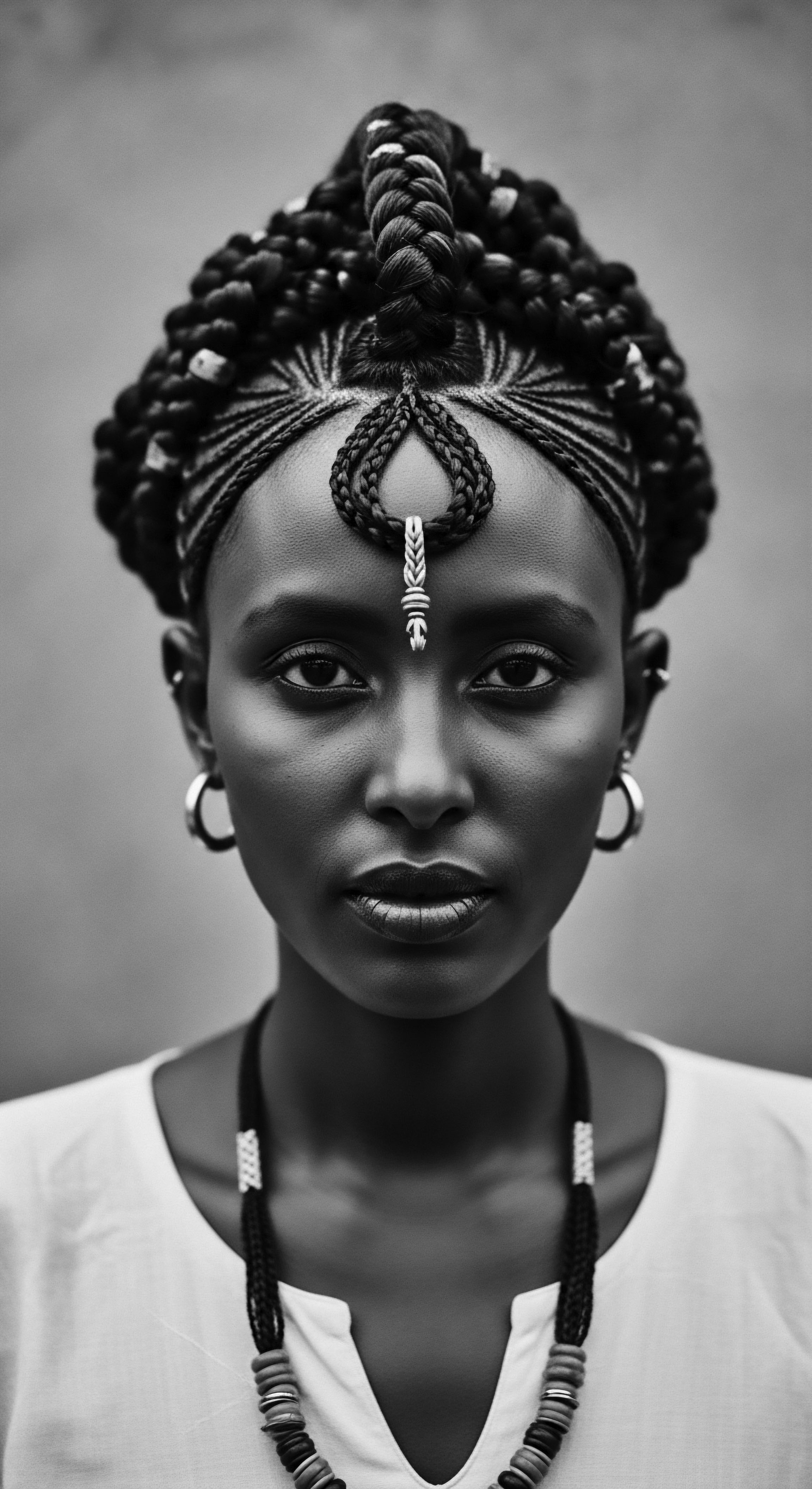
What Are the Ancestral Foundations of Holistic Hair Wellness?
Holistic hair care, in its truest sense, finds its roots in ancestral wellness philosophies that viewed the body as an interconnected system. Traditional practices often considered diet, spiritual well-being, and community as integral to maintaining healthy hair. The ritual of hair oiling, common in many indigenous cultures, extends beyond simple lubrication; it is a moment for gentle scalp massage, stimulating blood flow, and connecting with the self. This practice reflects a deeper understanding that hair health originates from a nurtured scalp and a balanced internal state.
The concept of “nighttime sanctuary” for textured hair, often involving bonnets or silk scarves, also possesses a historical basis. While modern materials enhance effectiveness, the practice of protecting hair during sleep has been a long-standing tradition. During enslavement, head wraps helped maintain styles and hygiene in conditions that did not allow for regular washing. Today, bonnets serve to minimize friction, retain moisture, and preserve delicate curl patterns, echoing the protective intentions of forebears while leveraging modern textile science.
Ingredient selection for textured hair care, particularly in the natural hair space, frequently circles back to ancestral wisdom. Botanicals and oils that have been used for generations in various African and Indigenous communities are now being scientifically studied for their properties. This confluence of ancient knowledge and modern scientific inquiry creates a powerful synergy, affirming traditional efficacy through contemporary understanding. The movement for clean beauty and natural ingredients is, in many ways, a return to the earth-honoring principles of ancestral hair care.
The sustained fight for hair acceptance, exemplified by policies such as the CROWN Act, demonstrates how social movements translate deeply personal expressions of identity into legally protected rights. This ongoing journey not only shapes product innovation but also redefines beauty standards, pushing for a world where textured hair is celebrated in all its forms, reflecting the enduring strength and beauty of its heritage. This cultural shift acknowledges the profound connection between hair and individual well-being, making space for ancestral practices to flourish in contemporary life.

Reflection
The story of textured hair is an unending testament to resilience, a vibrant saga woven through the epochs of human experience. From the intricate adornments of pre-colonial African royalty to the defiant Afros of civil rights activists, each strand holds memory, resistance, and a profound connection to heritage. The journey from elemental biology to policy-shaping social movements reveals that hair is rarely just hair.
It is a living, breathing archive, a testament to identity, community, and the persistent quest for self-acceptance. The soul of a strand, then, is not merely its physical composition, but the collective spirit it carries, the stories it tells, and the future it continues to braid.
We are reminded that every innovation in textured hair care, every policy enacted to protect its wearer, finds its true meaning when grounded in this rich ancestral lineage. The conversations sparked by social movements have not only opened doors for new products and legal protections; they have reopened the ancient pathways of self-knowing, inviting us to look to our forebears for wisdom, solace, and inspiration. There is a sacred trust in this continuity, a responsibility to honor the journey and to ensure that the beauty of textured hair, in all its diverse manifestations, remains a celebrated truth, an unbound helix twisting towards an ever more luminous horizon.

References
- Byrd, A. D. & Tharps, L. (2001). Hair Story ❉ Untangling the Roots of Black Hair in America. St. Martin’s Press.
- Gordon, L. R. (2000). Existentia Africana ❉ Understanding Africana Existential Thought. Routledge.
- Hooks, B. (1995). Art, Bell Hooks, and Race. Routledge.
- Patton, M. (2006). African-American Hair ❉ A History of Style, Culture, and Politics. ABC-CLIO.
- Rooks, N. (1996). Hair Raising ❉ Beauty, Culture, and African American Women. Rutgers University Press.
- Russell, K. Wilson, M. & Hall, R. (1992). The Color Complex ❉ The Politics of Skin Color in Black Community. Anchor.
- Weitz, R. (2004). Rapunzel’s Daughters ❉ What Women’s Hair Tells Us About Women’s Lives. Farrar, Straus and Giroux.
